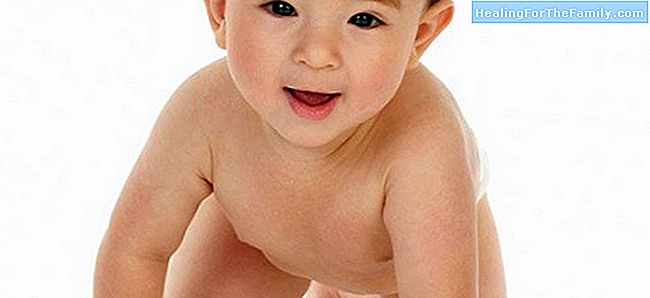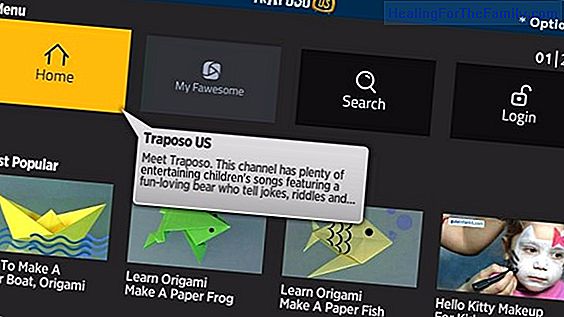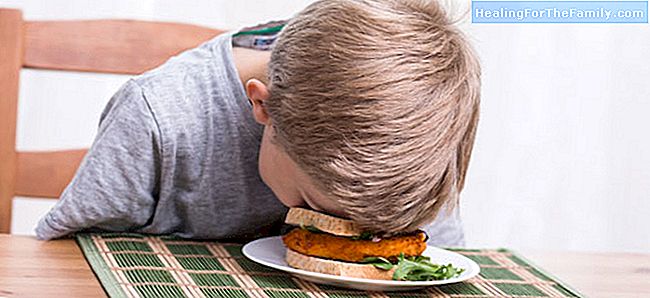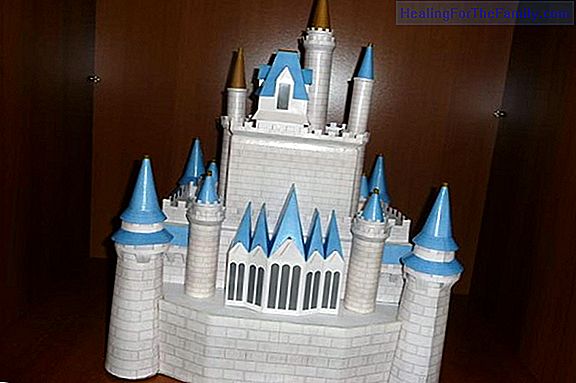Benefits of crawling for the development of the baby
There is a close relationship between the child's psychomotor skills and school learning. The motor activity of the child is parallel to the development of the child's intelligence, so we will see how one activity can help and complement the other. Thus, in the case of writing, for example, in order
There is a close relationship between the child's psychomotor skills and school learning. The motor activity of the child is parallel to the development of the child's intelligence, so we will see how one activity can help and complement the other. Thus, in the case of writing, for example, in order to complete it, the child must have a normal development of fine motor skills, and correct tonic-postural regulation. And so with all the motor acquisitions of the child, among which the crawling.
8 advantages of crawling in the development of children

Crawling is a stage in the development of children that occurs approximately between 6 and 9 months. By crawling we understand the act of moving in four points of support, with a crossed pattern of movement. Obviously there are many other forms of crawling or displacement, and what is really important is that the baby moves, but today's post is directed to that type of crawling as concrete as is that I described initially.
There are a number of benefits that crawling provides, at the level of learning for the child, such as:
1- The development of the cross pattern of movement, which is the neurological function that makes body displacement possible. This movement consists in moving the right arm and foot on the opposite side, and the same with the other arm and foot, in each movement. When they crawl they tone up the muscles that will allow the child to in turn tone the spine, which will help him stay erect when he stands up in the next stage.
2- The crawling will help the baby to exercise and perfect the vision. Now the baby has to be more attentive to what is around him, to see where he is going and what he is exploring, so he learns to focus both eyes and focus at a distance of 30-40 cm approximately, the same distance to the one that will have to, later to place the book when it begins to read and to write, in its scholastic stage. In this aspect there is a very interesting study by Glenn Doman. Se 3- The vestibular system is developed, which is in charge of regulating the balance, and the proprioceptive system, which will allow the baby to know where the different parts of the body are and to locate them.
4- Through movement, children develop their communication skills by exploring and interacting with their world, it also promotes greater self-confidence, making them feel physically and emotionally competent when they use their body to communicate and solve problems (Jacobson, 2004). 5- Another benefit of crawling is that la the tactility of the palm of the hand
is stimulated, which in turn benefits the fine motor skills that in the future will result in a good control of the writing stroke . By massaging the palm of the hand, it sends information to the brain about the sensations and textures that the child feels.
6- Through the crawling the ó manual eye coordination desarrolla is developed. When the child crawls, a distance similar to the distance between the eye and the hand at the time of reading and writing is established between the eye and the hand. 7- It connects the cerebral hemispheres creating crucial information routes for the maturation of the different cognitive functions.8- And finally, within all the benefits of crawling, also helps to establish the lateralization of the brain more or less at 5-6 years, when one of the hemispheres becomes dominant.












